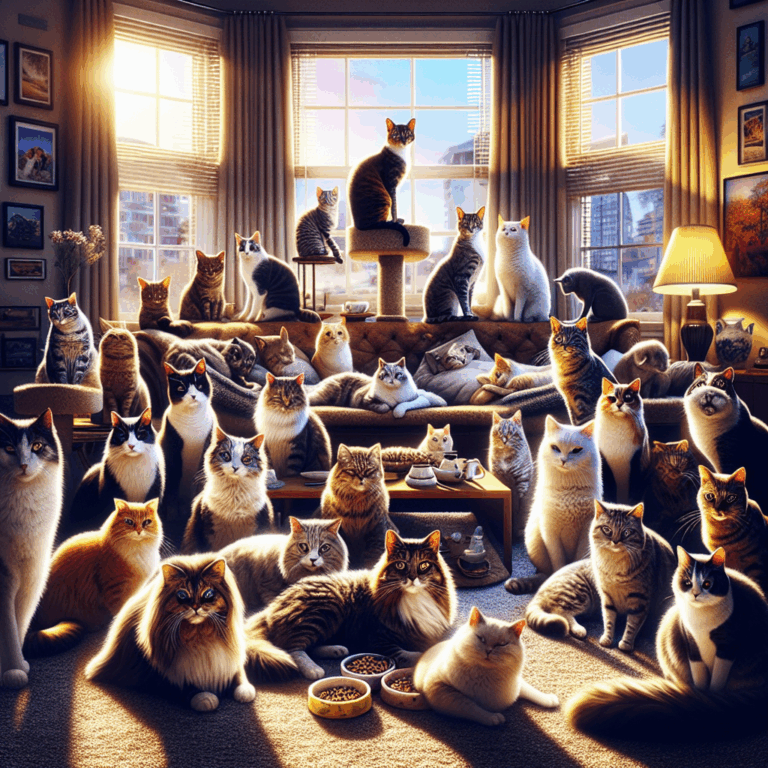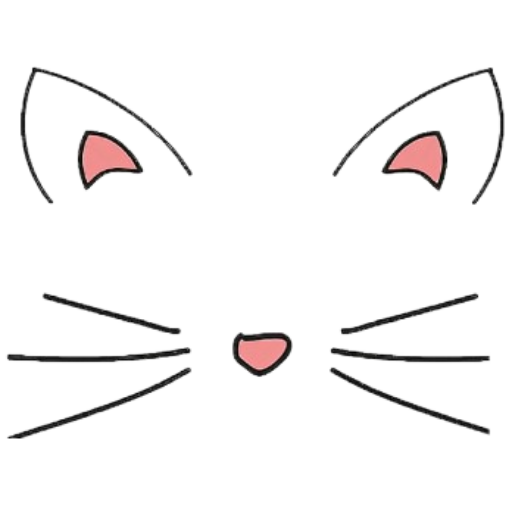The Feline Innovators of Communication: Cats and Their Influence on Human Interaction
- One Comment
In today’s fast-paced digital era, one might wonder how domestic cats – creatures known for their independence and mysterious demeanor – could possibly influence human modes of communication. Yet, from ancient hieroglyphs to the latest viral TikTok trend, cats have consistently shaped the way humans share ideas and emotions with one another.
Historically, cats have been revered figures in various cultures, often depicted in art and literature as symbols of grace, mystery, and wisdom. In ancient Egypt, they were considered divine and were frequently featured in artistic expressions that communicated societal values and religious beliefs. Such depictions were not merely ornamental; they served as a form of visual language that conveyed complex ideas about life, death, and the divine.
Fast forward to the present day, and cats continue to play a pivotal role in our communication landscape. The rise of internet memes can be largely attributed to the ubiquitous presence of cats on social media platforms. Images of cats with humorous captions have not only entertained millions but have also become a modern-day language of their own, transcending linguistic barriers and uniting people globally through shared laughter.
Furthermore, the subtle, often overlooked body language of cats has taught humans about the nuances of non-verbal communication. Observing a cat’s tail movements, ear positions, and vocalizations has heightened human awareness of the importance of body language in conveying emotions and intentions. This understanding has, in turn, enhanced interpersonal communications among people, as they become more attuned to the unspoken cues in human interactions.
Cats have also influenced the development of digital communication tools. The popularity of cat-themed emojis and stickers is a testament to their role in enriching text-based communication, adding layers of emotion and wit that words alone cannot convey. Software developers, recognizing the universal appeal of these feline icons, have integrated them into messaging apps, allowing users to express themselves more creatively and effectively.
Moreover, the phenomenon of cat influencers on social media has transformed traditional communication paradigms. These feline celebrities have amassed millions of followers, sparking global conversations and even influencing consumer behavior. Their presence has bridged cultural gaps, as people from diverse backgrounds engage with and respond to these charismatic cats, fostering a global community connected through shared appreciation.
Cats have also inspired innovations in communication technology. For instance, the development of pet cameras that allow owners to interact with their cats remotely has not only strengthened human-animal bonds but has also paved the way for advancements in surveillance and telecommunication technologies.
In essence, while cats may not speak our language, their influence on human communication is profound and multifaceted. They have inspired artistic expression, facilitated digital interaction, and enriched our understanding of non-verbal communication. As we continue to evolve in the digital age, it is clear that cats will remain a significant influence on how we connect, share, and express ourselves in an increasingly interconnected world. Indeed, the feline innovators of communication have left an indelible mark, reminding us of the power and potential of communication in all its forms.

In today’s fast-paced digital era, one might wonder how domestic cats – creatures known for their independence and mysterious demeanor – could possibly influence human modes of communication. Yet, from ancient hieroglyphs to the latest viral TikTok trend, cats have consistently shaped the way humans share ideas and emotions with one another.
Historically, cats have been revered figures in various cultures, often depicted in art and literature as symbols of grace, mystery, and wisdom. In ancient Egypt, they were considered divine and were frequently featured in artistic expressions that communicated societal values and religious beliefs. Such depictions were not merely ornamental; they served as a form of visual language that conveyed complex ideas about life, death, and the divine.
Fast forward to the present day, and cats continue to play a pivotal role in our communication landscape. The rise of internet memes can be largely attributed to the ubiquitous presence of cats on social media platforms. Images of cats with humorous captions have not only entertained millions but have also become a modern-day language of their own, transcending linguistic barriers and uniting people globally through shared laughter.
Furthermore, the subtle, often overlooked body language of cats has taught humans about the nuances of non-verbal communication. Observing a cat’s tail movements, ear positions, and vocalizations has heightened human awareness of the importance of body language in conveying emotions and intentions. This understanding has, in turn, enhanced interpersonal communications among people, as they become more attuned to the unspoken cues in human interactions.
Cats have also influenced the development of digital communication tools. The popularity of cat-themed emojis and stickers is a testament to their role in enriching text-based communication, adding layers of emotion and wit that words alone cannot convey. Software developers, recognizing the universal appeal of these feline icons, have integrated them into messaging apps, allowing users to express themselves more creatively and effectively.
Moreover, the phenomenon of cat influencers on social media has transformed traditional communication paradigms. These feline celebrities have amassed millions of followers, sparking global conversations and even influencing consumer behavior. Their presence has bridged cultural gaps, as people from diverse backgrounds engage with and respond to these charismatic cats, fostering a global community connected through shared appreciation.
Cats have also inspired innovations in communication technology. For instance, the development of pet cameras that allow owners to interact with their cats remotely has not only strengthened human-animal bonds but has also paved the way for advancements in surveillance and telecommunication technologies.
In essence, while cats may not speak our language, their influence on human communication is profound and multifaceted. They have inspired artistic expression, facilitated digital interaction, and enriched our understanding of non-verbal communication. As we continue to evolve in the digital age, it is clear that cats will remain a significant influence on how we connect, share, and express ourselves in an increasingly interconnected world. Indeed, the feline innovators of communication have left an indelible mark, reminding us of the power and potential of communication in all its forms.



1 thought on “The Feline Innovators of Communication: Cats and Their Influence on Human Interaction”
This article provides an interesting perspective on how cats have impacted various forms of human communication throughout history and into the digital age.